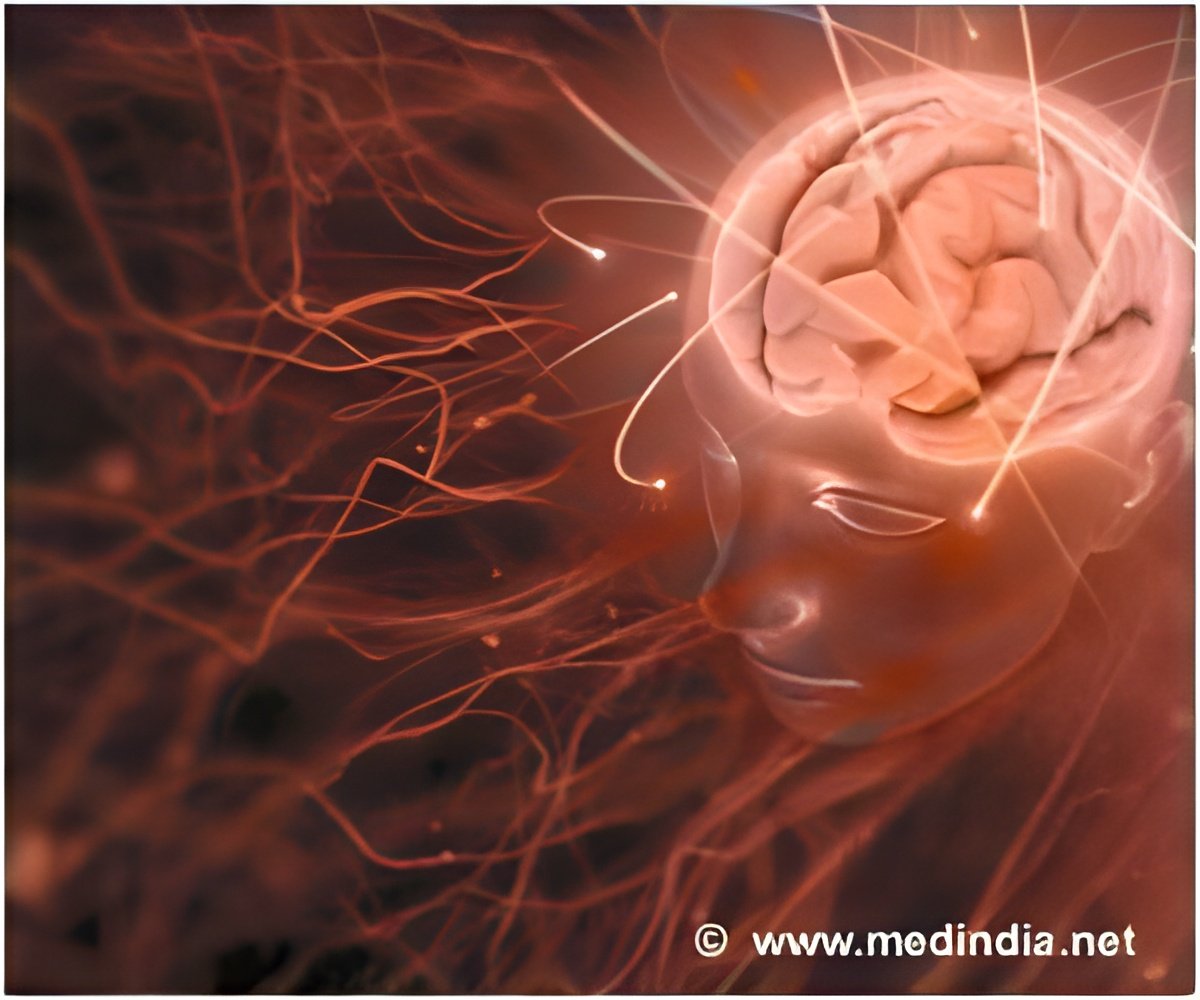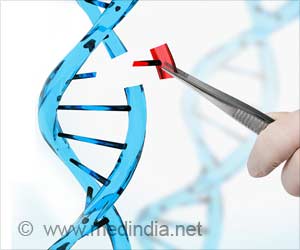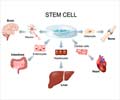Combining CRISPR-Cas9 and the new method to rapidly grow human astrocytes provides improved possibilities to study the role of astrocytes in various neurological diseases.

‘A faster method to generate functional brain cells, called astrocytes, from embryonic stem cells developed. ’





Even though the presence in our brain of the star-shaped glial cells, known as astrocytes, has been known for a long time, it has only recently been discovered how significant these brain cells actually are. Instead of only having a support function, as previously thought, the cells play an important role in the normal brain and in conditions such as dementia diseases and ALS. One challenge that researchers have faced is the difficulty in obtaining human astrocytes to study. There are ways to grow astrocytes in the lab, but it has taken a long time and proved difficult, expensive and complicated.
"Previous methods have succeeded in producing human astrocytes from embryonic stem cells, but it has taken months. Using our method, it takes one to two weeks to produce large amounts of fully functional human astrocytes", says Henrik Ahlenius.
Simply put, Henrik Ahlenius and his research team show how it is possible to use viruses to activate genes in the embryonic stem cells, which during normal development regulate how the astrocytes are formed. In this way, the researchers have succeeded in making the embryonic stem cells rapidly form astrocytes.
"Many researchers have previously used embryonic stem cells to generate astrocytes, but these methods have attempted to mimic the normal development of an embryo's stem cell when developing an astrocyte in an individual, which requires a time-consuming and complicated approach", says Henrik Ahlenius.
Advertisement
The cells' use in studying diseases of the brain has been shown by the research team through employing CRISPR-Cas9, popularly known as gene editing, to insert a mutation in the embryonic stem cells that gives rise to the serious brain condition Alexander disease. They subsequently used the new method to change healthy and mutated stem cells into astrocytes.
Source-Eurekalert















